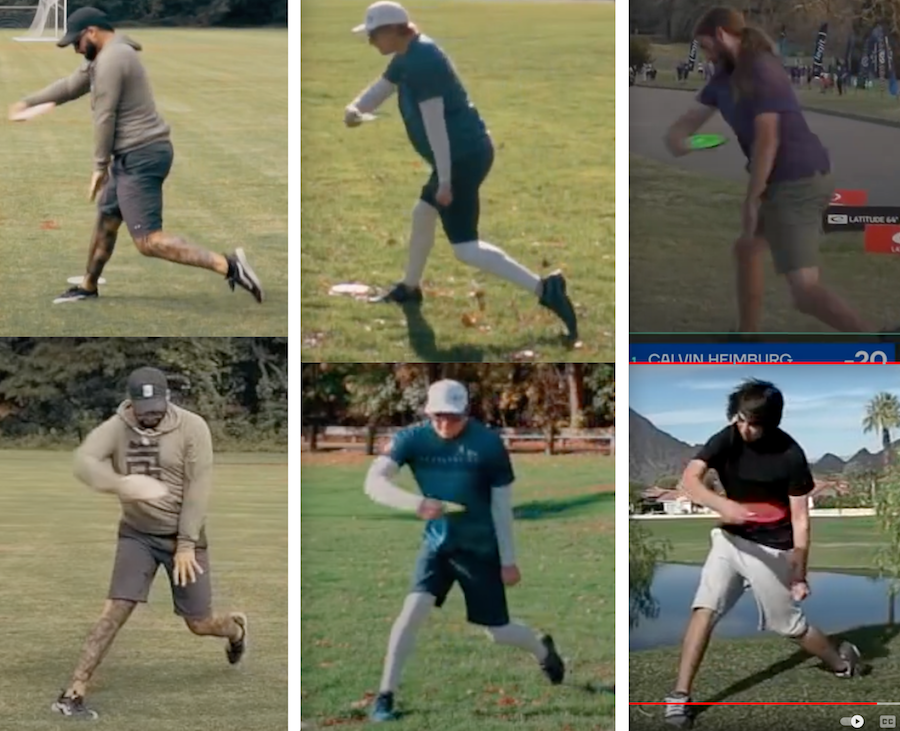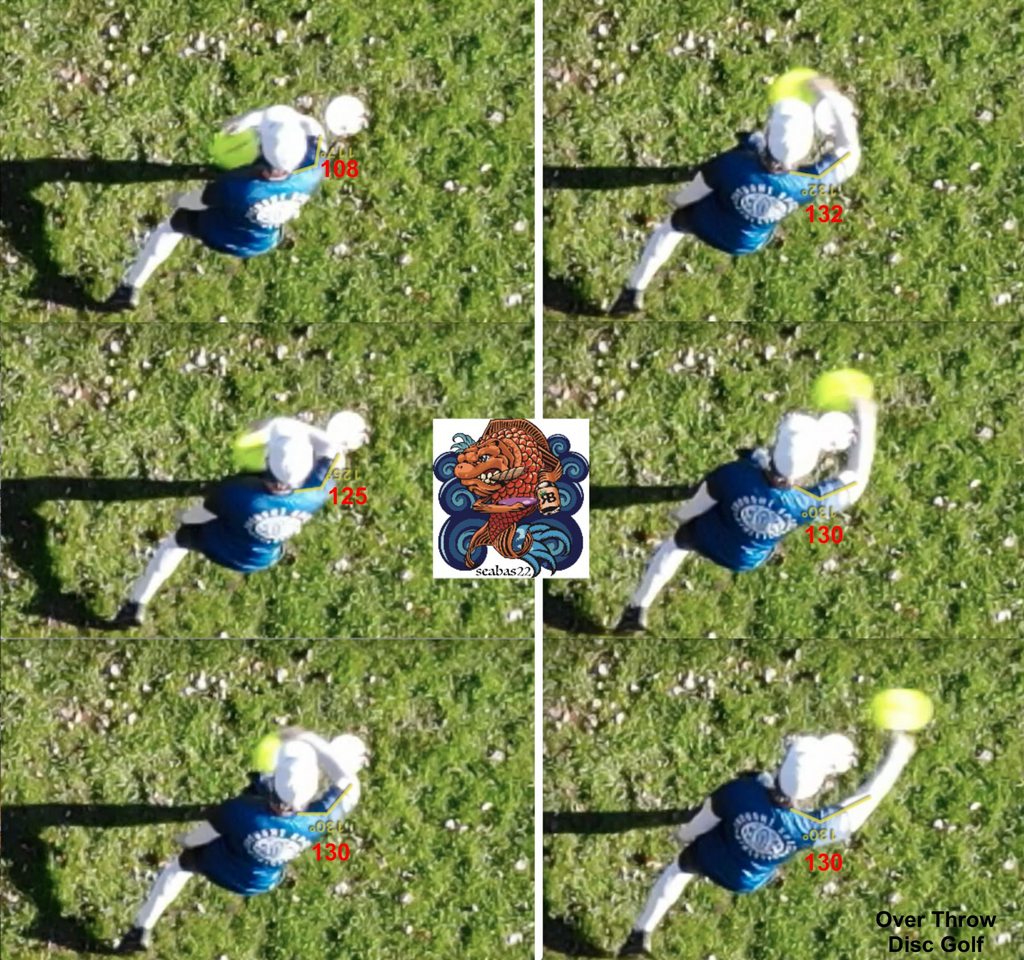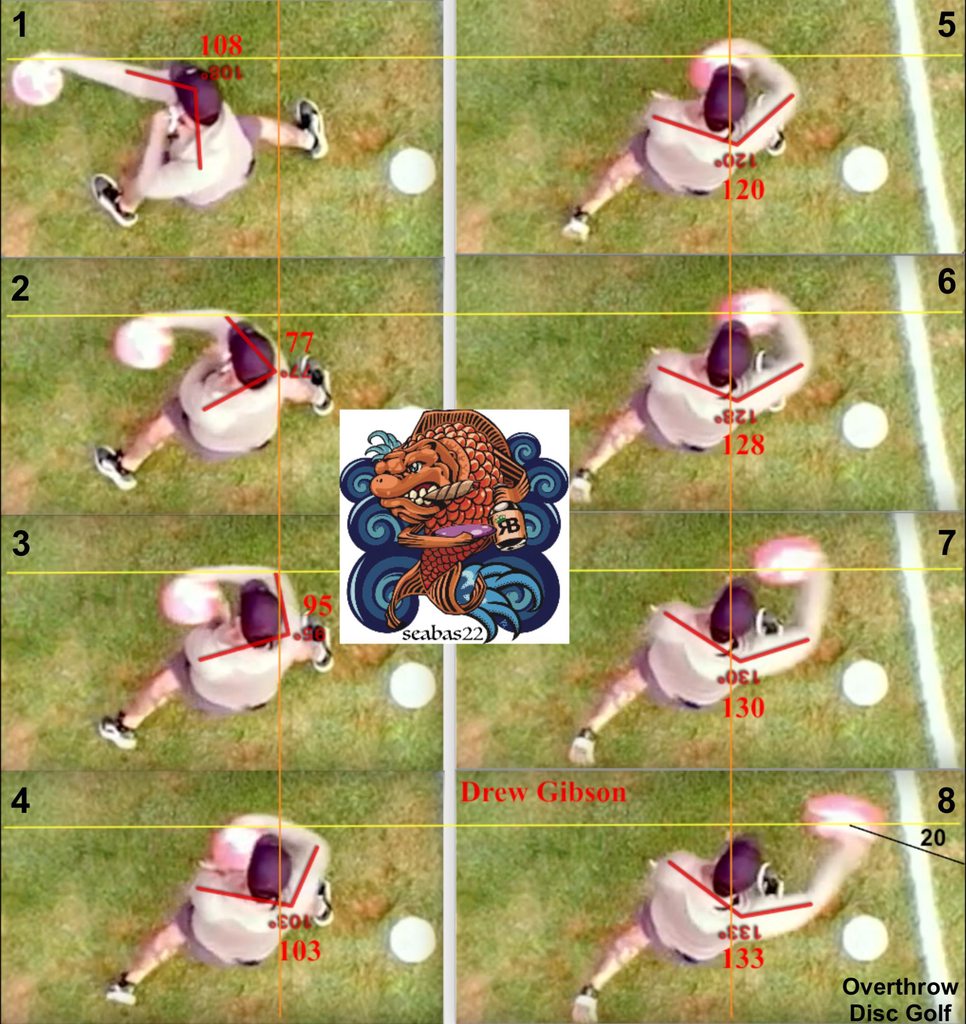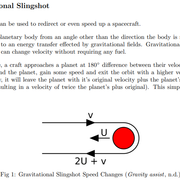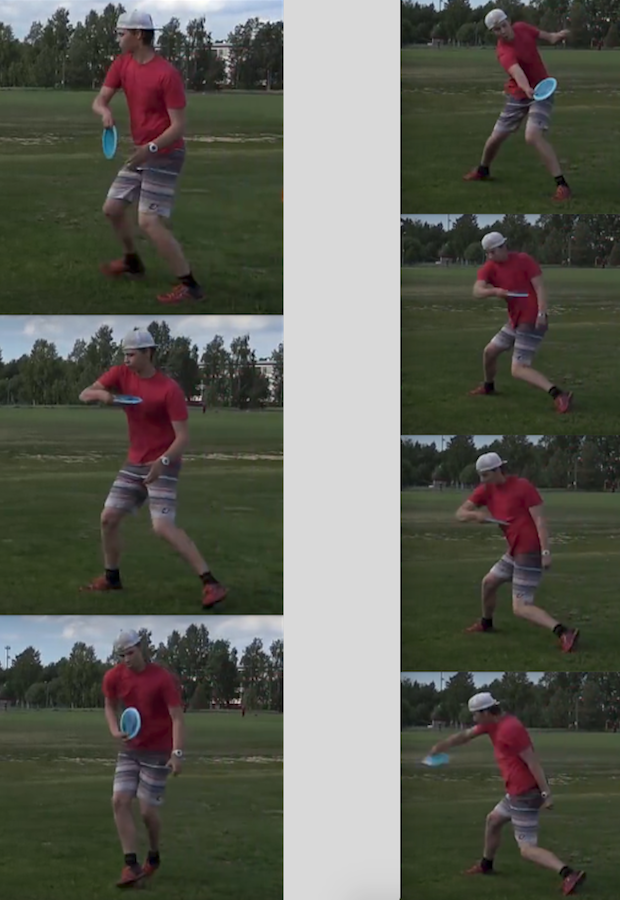That might very well be the case, but there are surely more details that factor in to any individual form and their performance, achieving sufficient power with regards to their physical configuration (length of the humerus, shoulder mobility etc.)
And what about these guys?
Drew Gibson is a master of disc golf and has amazing form. However, his advice where he uses breaking down a door as analogous to the backhand is something I personally feel is inadequate at best and just misleading at worst. I've heard a few pro's use this line before, like Eagle McMahon.
If you were to break down a door using your elbow (a scenario that people are supposed to relate to?), you would follow through with the elbow and getting the hit with it. I suppose it's a variation of the battering ram rather than a form cue.
Is that a fair comparison though? David has
crazy medial rotation in his right shoulder, has his elbow out from his torso and is also leaning over more.
View attachment 76788
When You are raising the battering ram here to pec-level, what is the purpose of the move from there? I figured it was to demonstrate that you would get less leverage/power but that doesn't seem to be the message.




